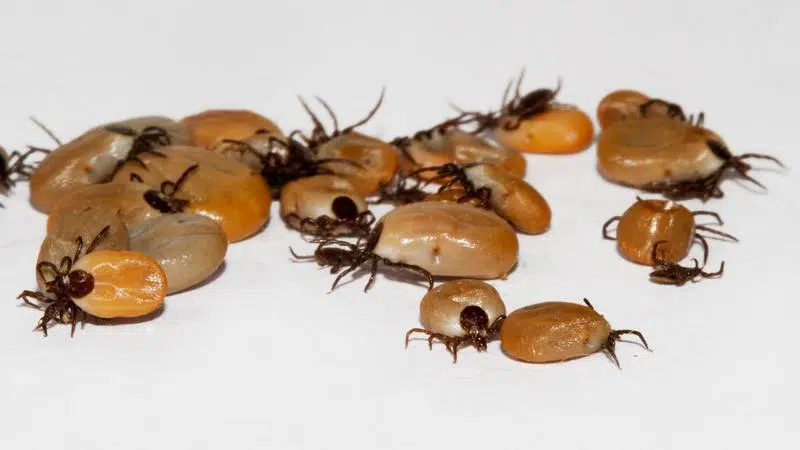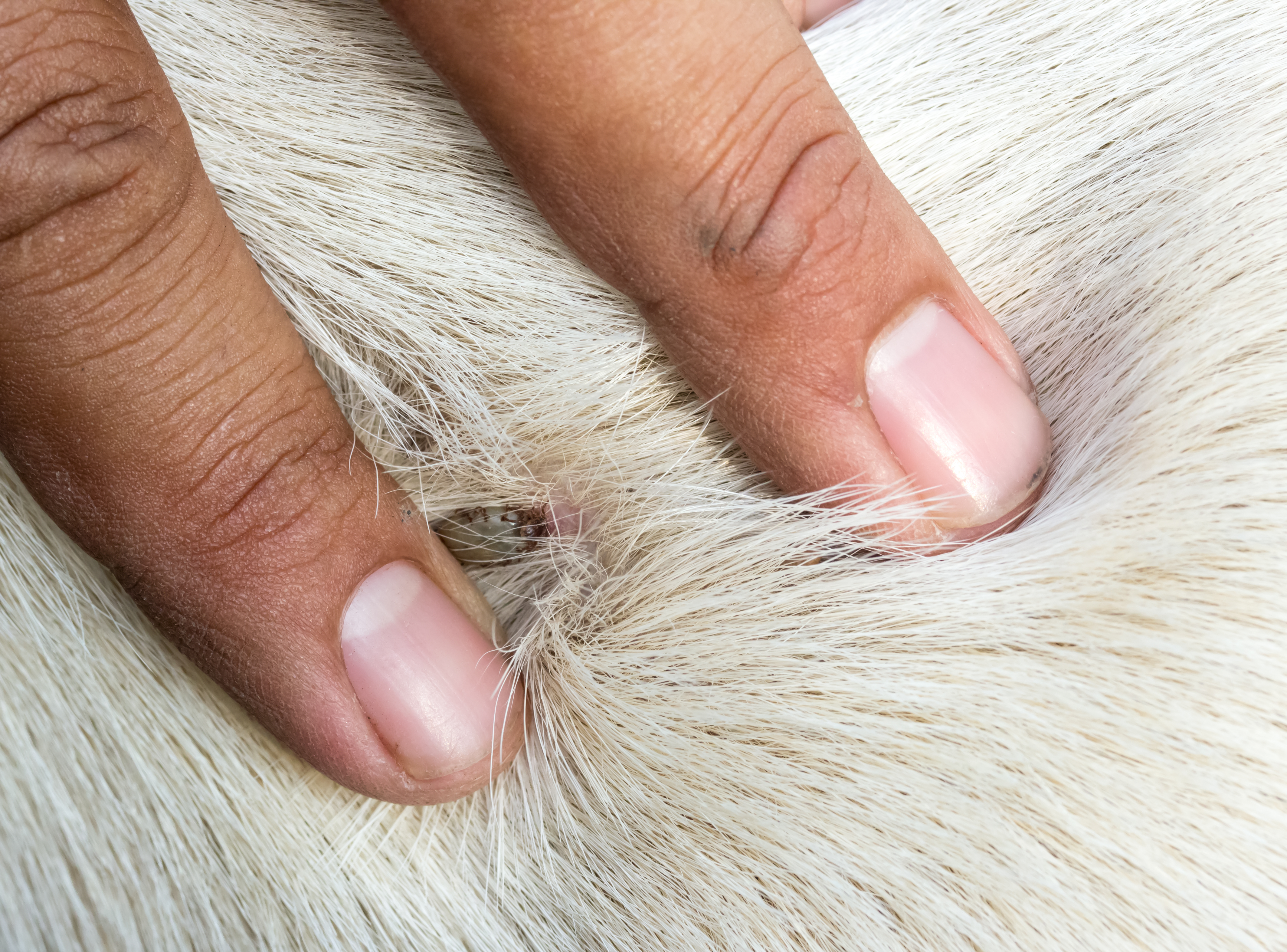
Tick season and how to stay safe
The change in weather is bringing out the tick population.
Tick season begins as soon as the weather reaches above 4 degrees Celsius. “They actually hibernate through the winter, so they don’t normally die unless it gets really, really cold, for a long period of time,” says Bailey Nadeau, Veterinary Technologist at Animal Medical Centre North.
Generally, Northern Alberta does not see a high volume of ticks but there has been an influx in the population of the insect within the last few years.


